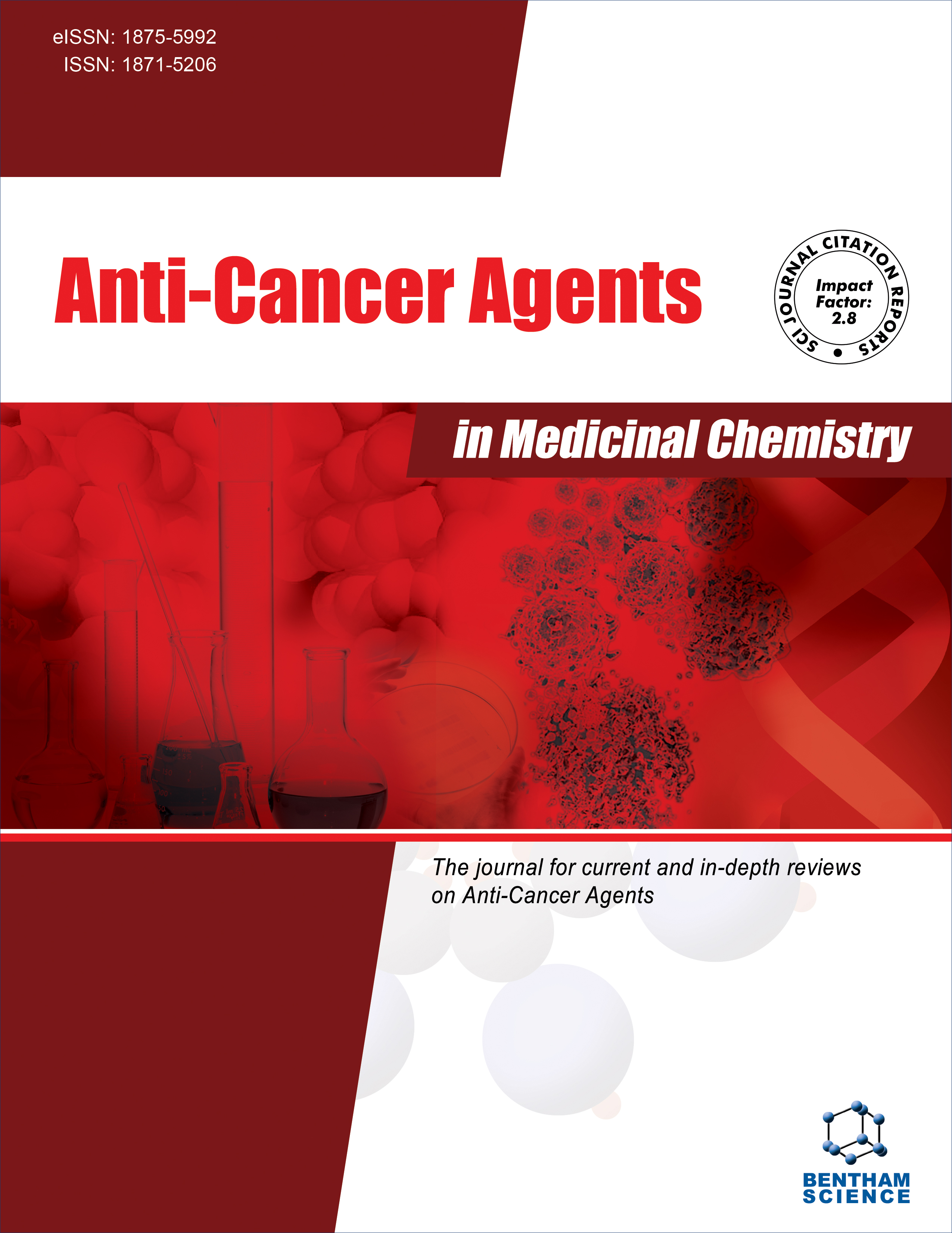
Full text loading...
We use cookies to track usage and preferences.I Understand
Cancer is regarded as one of the main causes of death globally. Future predictions indicate that the death rate from cancer will keep rising, which may reach 11.4 million in 2030. Carcinogenesis refers to the phenomenon of transforming a normal cell into a cancer cell. Cancer is characterized by unregulated and uncontrolled cell division due to alterations at the molecular and genetic levels. Gene mutations can speed up the rate of cell division, which leads to cancer. Metastasis entails the dissemination of cancer cells from the primary site to distant regions of the body via the circulatory or lymphatic systems.
This review is mainly focusing on the anticancer properties of terpenoids. In the case of human beings, several types of cancers can be treated clinically based on the form and phase of the cancer. So, there are different types of treatment regimens available for the management of cancer, such as immunotherapy, hormonal therapy, radiation therapy, and chemotherapy.
Several problems are associated with cancer therapy, including chemoresistance, severe toxicity, relapse, and metastasis. To minimize these complications, natural products like terpenoids seem to be beneficial for the effective management of cancer.
Experimental results revealed that the anticancer potential of terpenoids is due to activation of apoptosis and stimulation of cell cycle arrest. Some of the terpenoids exhibit anticancer effects by inhibiting angiogenesis and metastasis via the regulation of several signaling pathways intracellularly. Certain terpenoids have been shown to work in concert with anticancer medications (doxorubicin, cisplatin, paclitaxel, and 5-fluorouracil) to provide synergistic effects. These terpenoids have also been shown to be effective against cancer cells that are resistant to several drug therapies.
The current study will focus on signaling pathways and mode of action of several types of terpenoids as anticancer agents. Further, it will provide insights into the ongoing clinical trials and prospective pathways for the advancement of terpenoids as possible anti-cancer agents.

Article metrics loading...

Full text loading...
References


Data & Media loading...

